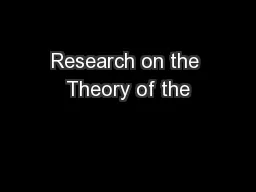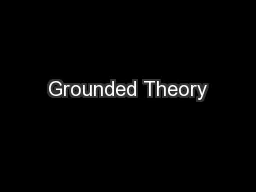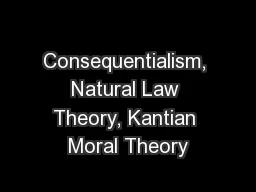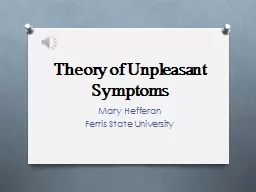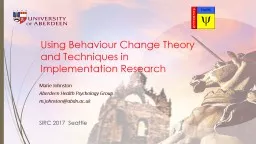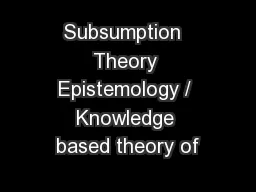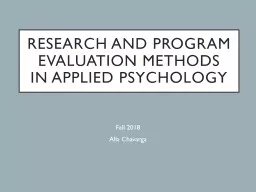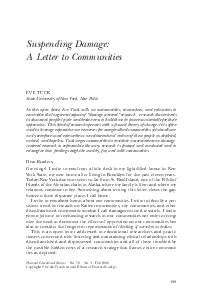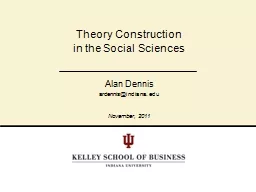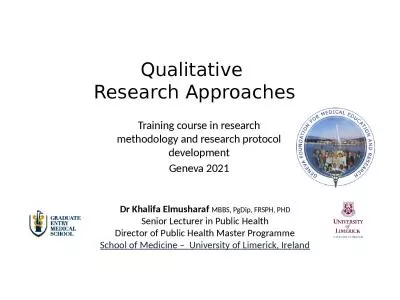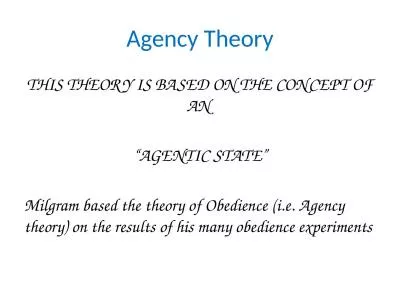PPT-Research on the Theory of the
Author : test | Published Date : 2018-09-25
Terascale Howard Haber SCIPP Theory January 12 2015 SCIPP Particle Theory Group Thomas Banks supersymmetry string theory gravity and the early universe Michael
Presentation Embed Code
Download Presentation
Download Presentation The PPT/PDF document "Research on the Theory of the" is the property of its rightful owner. Permission is granted to download and print the materials on this website for personal, non-commercial use only, and to display it on your personal computer provided you do not modify the materials and that you retain all copyright notices contained in the materials. By downloading content from our website, you accept the terms of this agreement.
Research on the Theory of the: Transcript
Download Rules Of Document
"Research on the Theory of the"The content belongs to its owner. You may download and print it for personal use, without modification, and keep all copyright notices. By downloading, you agree to these terms.
Related Documents

